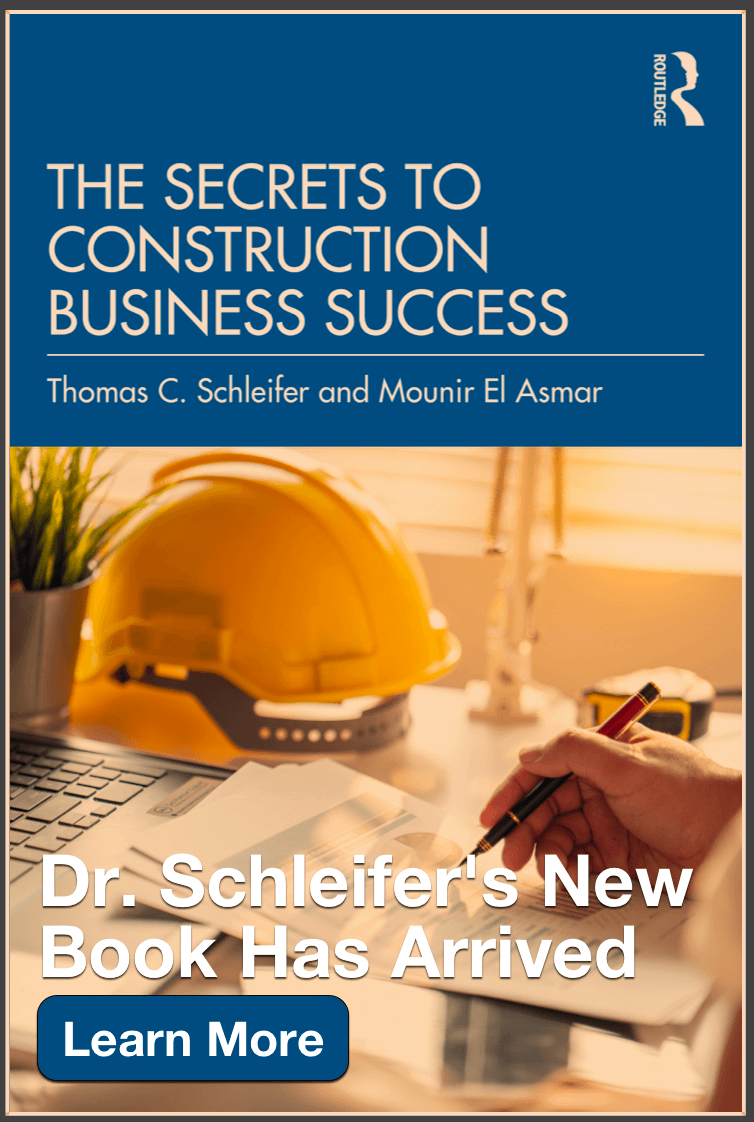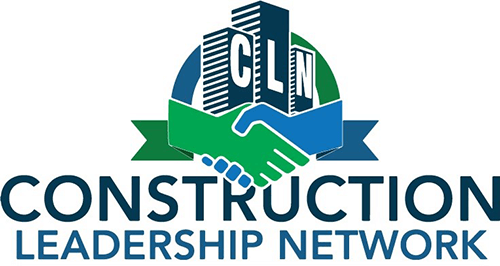
A major theme throughout the Godfather trilogy is betrayal by enemies hidden within the family.
“You’re nothing to me now, Fredo” Al Pacino says to his brother who has betrayed him in Godfather 2. “Nothing happens to Fredo while my mother is still alive,” Pacino later states as a veiled threat.
The Enemy Within Contracting
A major theme that has emerged from my research into construction business failure is the enemy hidden within every construction firm. Construction professionals tend to focus on external risk factors. They believe that things like bad weather, underperforming subcontractors, labor shortages, competitors, and market downturns are the real dangers to the closely held business. Many miss the risk factors hidden within the construction business transaction as it has evolved over the years.
Construction business-failures ultimately boil down to one cause: unexpectedly running out of cash (working capital). The next three paragraphs, as stated in the new book The Business of Construction Contracting, Schleifer, Cohen; Wiley, 2025; elaborate on this point:
“Construction contracts assign an inordinate amount of financial risk to the contractor. This imbalance in risk assignment has gone largely unnoticed to the point that it’s become hidden in the bones of the business…The fast pace of construction and the lengthy timeline of major projects complicate the detection of financial risk, particularly in a growing business in which growth tends to cover up poor financial performance.
The two major risk factors built into contracting are undercapitalization and highly complex transactions. Just about every contractor we’ve worked with over the years has been distracted by cash flow problems at one time or another because construction companies rarely retain enough earnings to accumulate abundant working capital.
Construction enterprises are service providers. However, we’ve inadvertently allowed the industry to evolve in such a manner that our clients treat us as product providers. We sign contracts with government agencies, private owners, and developers that require us to construct, finance, and pay for the work before we get paid. Even worse, we’re not paid at the time of the sale or in advance of delivery. We’re paid in 30 days or sometimes months after the work is put in place. The owner has legal possession of our product from the minute it’s put in place because the owner owns or controls the underlying property our work is placed on. Our industry has allowed the construction transaction to become so one-sided and complicated to the point that signing a construction contract requires us to invest our money in our customer’s asset.”
Chronic Undercapitalization
Historically, contractors started as small closely held businesses with little or no capitalization. Before the 1960s construction gross margins often exceeded 15 or 20% so the profit from the current project was usually enough to see them through to the next project if they didn’t try to grow too fast.
But as the latter half of the twentieth century began to unfold, downward pressure on pricing and bidding intensified resulting in shrinking margins. As a result, less positive cash flow was being generated, and contractors needed more sales to throw off more initial cash. The irony was however, that while more jobs represented more revenue, they also required more working capital. More cash was required to meet payroll and increases in supply costs over the course of project completion. Contractors began to extend accounts payable timing and borrow more money from banks at considerable cost. The added expense depressed margins even further.
By the 1980s, the construction industry was undercapitalized across the board and margins continued to shrink. For lack of cash, contractors began to fail at a rapid rate until, by the end of the decade, the industry with the highest failure rate in the country, second only to restaurants, got worse. Ironically, no one seemed to care.
Chronic undercapitalization is the enemy hidden inside the
transactional structure of the construction industry.
Exposing the Enemy Within
Contractors who are busy building their businesses are optimistically focused on the future. They believe that the cash flow from the next job will carry them through, and if economic growth continues this capital flywheel magic will continue to work. Until it doesn’t.
When a financial collapse occurs, as it did eight times since WWII, we always seem to blame external factors for the unexpected catastrophe. To expose the enemy within, we need our financial professionals to be continuously measuring the risks hidden within the complexity of construction transactions. Our CFOs also need to study our past financial performance in order to advise us on how to use our earnings to increase capacity. They can calculate the amount of capital that will be required to complete projects under consideration, and the cost of any financial drain of ongoing projects.
Next week – How the construction consigliere (CFO) defeats the enemy within.
For more information on avoiding undercapitalization, read more at: UNDER
For a broader view of business failure, read more at: FAILURE
To receive the free weekly Construction Messages, ask questions, or make comments contact me at research@simplarfoundation.org.
Please circulate this widely. It will benefit your constituents. This research is continuous and includes new information weekly as it becomes available. Thank you.


